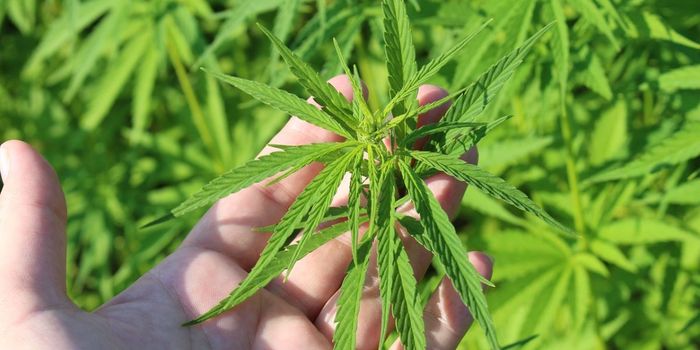Study Analyzes Consumption Patterns of Medical Cannabis Patients
A study published in Health Economics revealed insights into medical cannabis patients’ patterns of product choice, cannabinoid product ratios, and doses. The results published in Science Direct highlighted trends in the CBD and THC content of dispensed products and dosing among medical cannabis patients. The researchers examined the qualifying conditions, age, and types of cannabis products used to understand consumption trends.
The study found that dosages differed by age group. They were also lower than recommended for conditions with Food and Drug Administration-approved products. The findings point to closer monitoring of age-related influences and drug interactions for patients using cannabis products.
University of Minnesota researchers analyzed data from roughly 50% of all registered Minnesota medical cannabis users between June 2016 and November 2019. Patients had one of the 14 qualifying conditions at the time of this study, including cancer, glaucoma, HIV/AIDS, Tourette syndrome, amyotrophic lateral sclerosis, epilepsy, inflammatory bowel disease, and autism. The study revealed significant age-related differences in dosages among patients with the same diagnosis. The study highlighted the need for further research efforts that take into consideration varied dosages and medical cannabis formulations for specific patient populations.
The researchers used past research as a basis for studying the impact of these factors on cannabis use patterns. Study author Dr. Angela Birnbaum explained, “Our past data shows blood concentrations of CBD and THC can vary widely among patients and according to the fat content in food, indicating possible inconsistent exposure that could lead to variations in response and unanticipated side effects.” The research study indicated a need for closer regulation and research of medical cannabis formulations for particular patient populations.
More research on clinically significant side effects associated with specific CBD and THC dosages is needed to inform policy and practice. In addition, the long-term effects of cannabis and risks for older patients who use multiple medications to minimize adverse drug interactions.
Source: Health Economics, Science Direct, University of Minnesota








